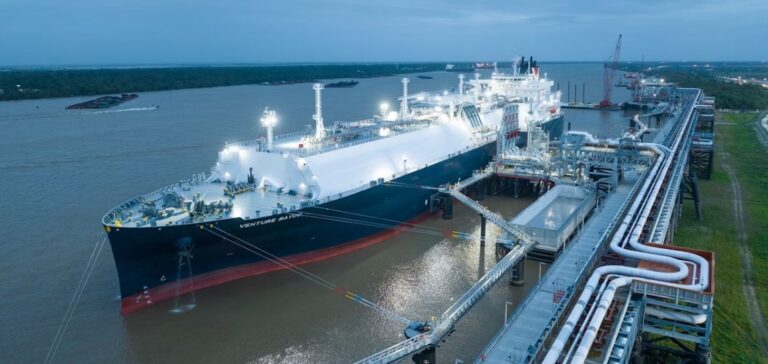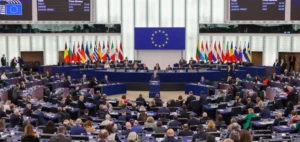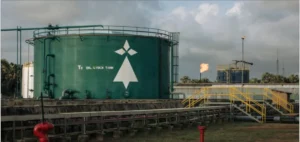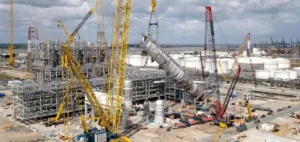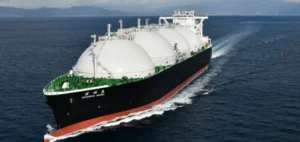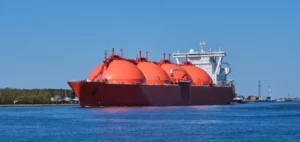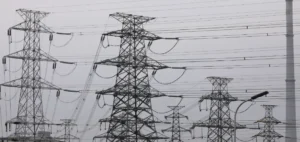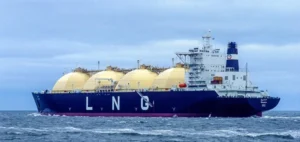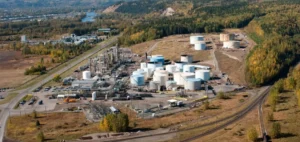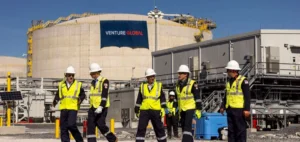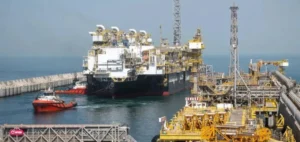The Oxford Institute for Energy Studies (OIES) has released a detailed model of global gas demand at an average price of six dollars per million British thermal units (MMBtu). The study assesses the effects of such a price level on global liquefied natural gas (LNG) consumption across two horizons: the short term, projected for 2030, and the long term, extending to 2035. The report breaks down demand responses by region and sector, identifying the zones most sensitive to price signals.
Global growth concentrated in Asia
OIES estimates that a gas price of $6/MMBtu could increase global LNG demand by 26.5 to 94 billion m³ in the short term, with a median gain of 60.5 billion m³. By 2035, this increase would reach between 62.5 and 177.5 billion m³, or roughly 120 billion m³, equivalent to about 10% of projected global LNG imports. Most of the growth would occur in Asia, particularly in China, India, and the Japan–Korea–Taiwan bloc, where gas-fired power generation and industry show the highest price elasticity.
In Europe, the impact would be marginal: an increase of 5 to 9 billion m³ in the short term, driven by electricity generation, and 10 to 16 billion m³ in the long term, linked to slower offshore wind deployment. The continent remains constrained by the European Union Emissions Trading System (EU ETS), where high carbon prices limit coal-to-gas switching.
China and India as main growth drivers
In China, the demand rise is estimated between 16 and 70 billion m³ in the short term and up to 115 billion m³ in the long term, with only half covered by LNG imports, the rest being supplied by domestic production. Industrial, building, and transport sectors are the main contributors. China aims to maintain a gas self-sufficiency rate of 50–60%, limiting import growth.
In India, short-term response ranges from 4.6 to 11 billion m³ and 17 to 35 billion m³ in the long term, driven by City Gas Distribution (CGD) networks and the substitution of fuel oil and petcoke in industrial clusters. The expansion depends on LNG terminal financing and pipeline infrastructure investment.
Emerging Asia and other regions
In Japan, South Korea, and Taiwan, the short-term effect ranges from 3 to 14 billion m³, entirely within the power sector. Over the long term, the range extends to 3–32 billion m³, linked to higher utilization rates in combined-cycle plants. In emerging Asia, adjustments are estimated at 6–16 billion m³ in the short term and up to 20 billion m³ by 2035. The ability to respond depends on power grid performance and LNG access.
In Latin America, the short-term effect is assessed at 9 billion m³, mainly from industrial use, and 14–17 billion m³ in the long term through electricity and industrial growth. In Africa, OIES expects no significant variation since demand growth is already driven by factors independent of price levels.
LNG capacity and utilization balance
Under the OIES scenario, an average global liquefaction utilization rate of about 92% would be consistent with a $6/MMBtu price by 2030, rising to 95% by 2035. Above 99%, prices would return to the long-run marginal cost, ending the observed price floor. A steady import level around 900 billion m³ globally would maintain equilibrium between supply and demand.
Global consumption projections between 2024 and 2035 show China increasing from 426 to 548 billion m³, India from 75 to 115 billion m³, and the Association of Southeast Asian Nations (ASEAN) from 157 to 217 billion m³. In Europe, demand remains near 460 billion m³, shifting more toward power generation. Latin America grows from 162 to 195 billion m³, supported by gas-fired power and industrial demand.


